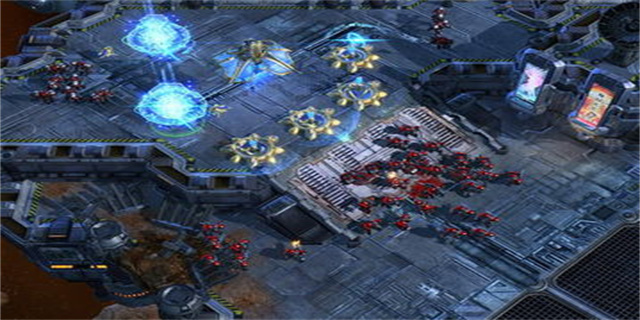Introducing the Crawling Claw
The Crawling Claw is a unique and fascinating creature that has captured the attention of scientists and enthusiasts alike. With its intricate design and incredible abilities, this small but mighty creature is a marvel of nature. In this article, we will delve into the world of the Crawling Claw, exploring its characteristics, behavior, and the impact it has had on the fields of biology and robotics.
The Origins of the Crawling Claw
The Crawling Claw, scientifically known as the Limulidae, is a species that can be found in various coastal regions around the world. Its unique name comes from its distinctive claw-like appendages, which are used for locomotion as well as capturing prey. The origin of this fascinating creature dates back millions of years, with fossil records suggesting its presence since the Paleozoic era.

The Crawling Claw is well-adapted to its marine environment, with a hard exoskeleton that not only provides protection but also assists in its movement. The exoskeleton is comprised of several sections, allowing the Crawling Claw to flex and extend its body with remarkable flexibility. This adaptability enables it to navigate through various terrains, including sandy beaches, mudflats, and even rocky surfaces.
The Behaviors and Abilities of the Crawling Claw
The Crawling Claw has a fascinating array of behaviors and abilities that have attracted the attention of researchers. One notable behavior is its ability to remain buried beneath the sand for extended periods, waiting patiently for the opportune moment to surprise its prey. This ambush strategy is a testament to the creature's patience and intelligence, as it carefully times its movements to capture unsuspecting organisms.

Another remarkable ability of the Crawling Claw is its regenerative powers. If one of its claws becomes damaged or severed, it has the ability to regenerate a new one over time. This ability has garnered significant interest among scientists, who are studying the regenerative processes of the Crawling Claw in the hopes of discovering new insights into tissue regeneration in other organisms, including humans.
Additionally, the Crawling Claw possesses highly sensitive organs located along its body, which allow it to detect vibrations and changes in water pressure. This keen sense of awareness aids its navigation, helping it avoid potential predators and locate potential prey. The Crawling Claw's adaptability and sensory perception make it a true marvel of natural engineering.
The Impact of the Crawling Claw on Science and Technology
The unique characteristics and abilities of the Crawling Claw have not only fascinated biologists but have also captured the attention of engineers and robotics experts. The creature's flexible exoskeleton and efficient locomotion have inspired the development of bio-inspired robots that mimic its movements. These robots have potential applications in various fields, including search and rescue operations, exploration of challenging terrains, and even medical robotics.
Furthermore, the regenerative properties of the Crawling Claw have sparked interest in tissue engineering and regenerative medicine. Scientists are studying the mechanisms underlying the regeneration process with the hope of applying these findings to develop new approaches for treating injuries and diseases in humans.
The study of the Crawling Claw continues to provide valuable insights into the complexities of nature and the possibilities for biomimicry in science and technology. By understanding and emulating the unique adaptations of this extraordinary creature, we unlock the potential for groundbreaking advancements in various fields.
In conclusion, the Crawling Claw is a captivating creature with remarkable abilities and characteristics. Its ability to navigate diverse terrains, patiently wait for prey, and regenerate lost body parts make it a true wonder of nature. By studying this intriguing creature, researchers have gained valuable knowledge that has influenced fields such as biology, robotics, tissue engineering, and regenerative medicine. The Crawling Claw serves as a reminder of the awe-inspiring wonders that exist in the natural world and the potential they hold for scientific and technological advancements.


















